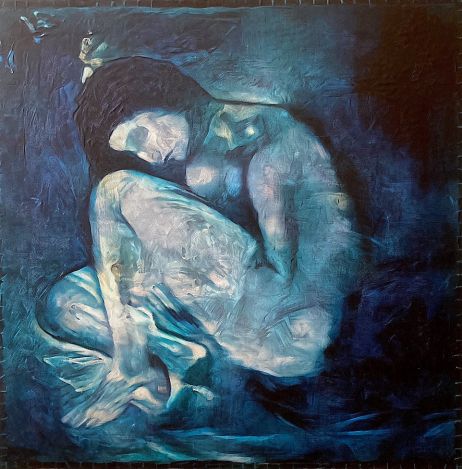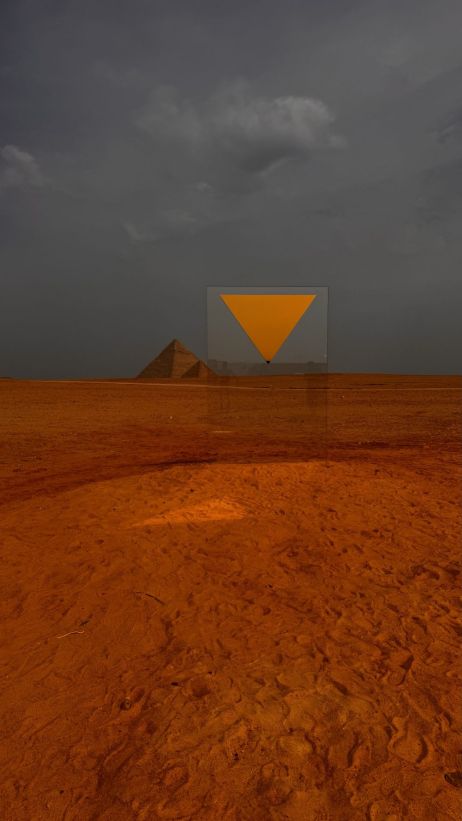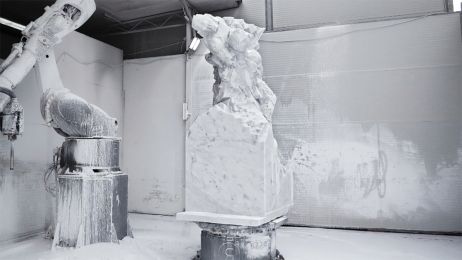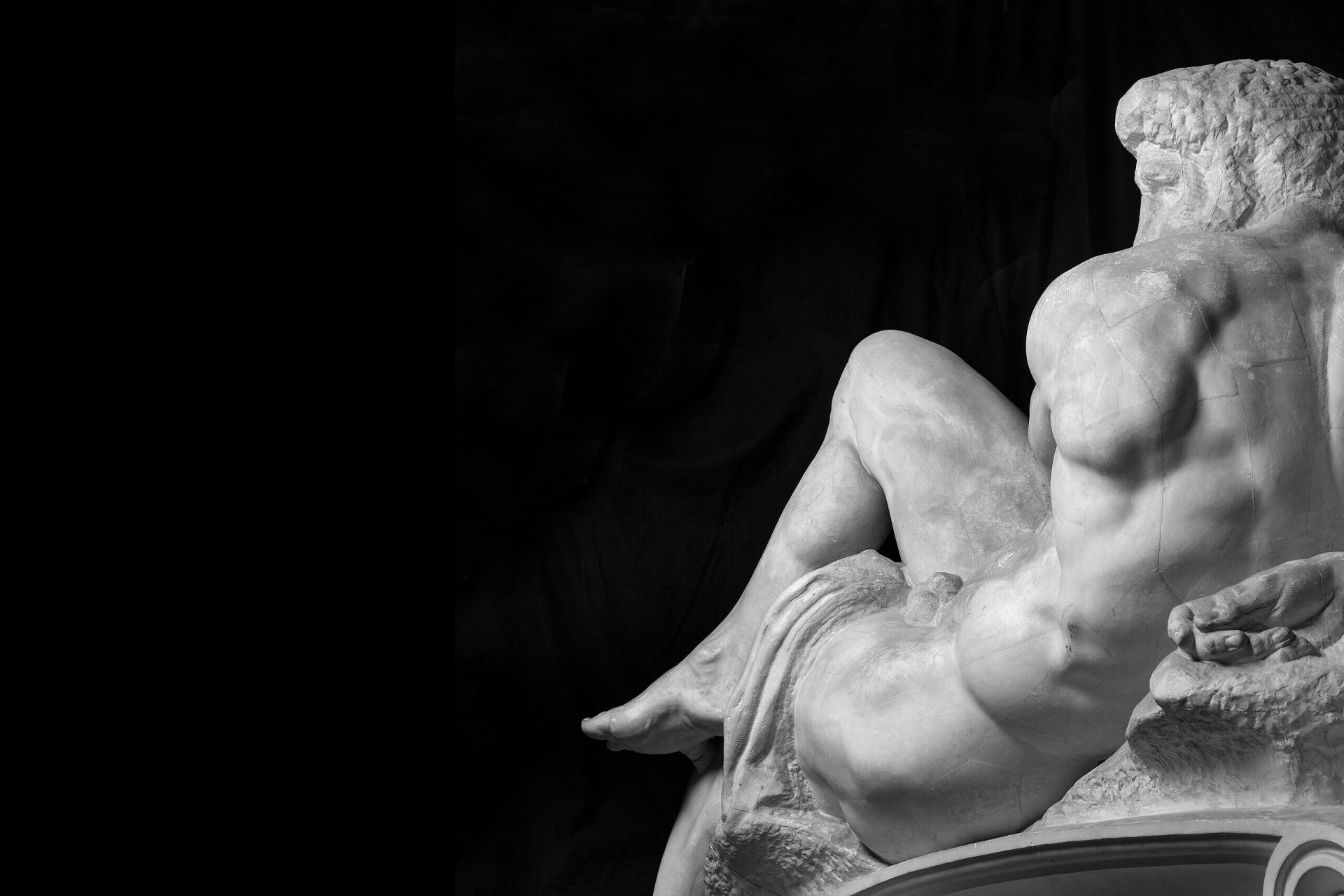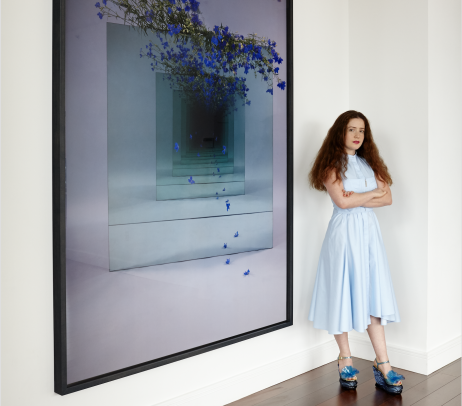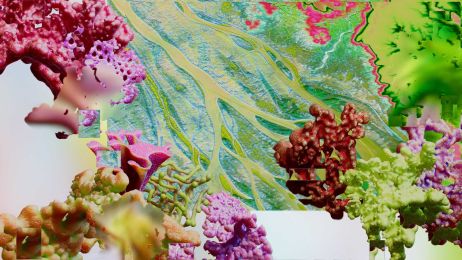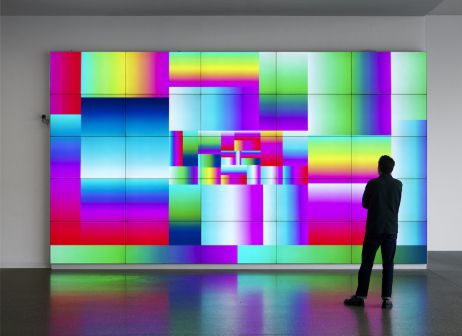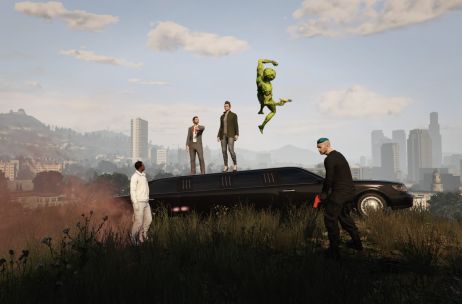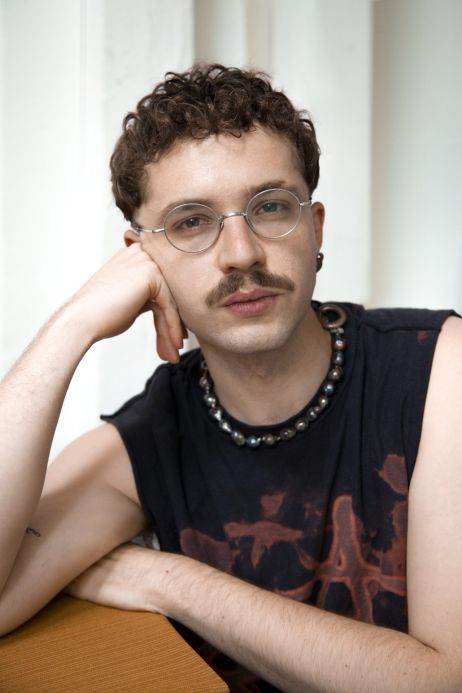In the spring of 2025, the National Gallery of Denmark (SMK) will devote an exhibition to a major figure in the history of art: Michelangelo. But the show will approach his work from a very specific angle.
Entitled Michelangelo Imperfect, the SMK’s forthcoming exhibition will run from March 29 to August 31 in Copenhagen. It focuses on the life and work of Michelangelo Buonarroti (1475-1564), better known as “Michelangelo.” Famous for having painted the ceiling of the Sistine Chapel and designer of the dome of St. Peter’s Basilica in Rome and the Medici tombs in San Lorenzo among other works, the Italian artist might seem to have already revealed all of his secrets. But the museum in the Danish capital was happy to invite audiences to rediscover this superstar of Western art from an angle less fully explored by history and museums: his work as a sculptor.
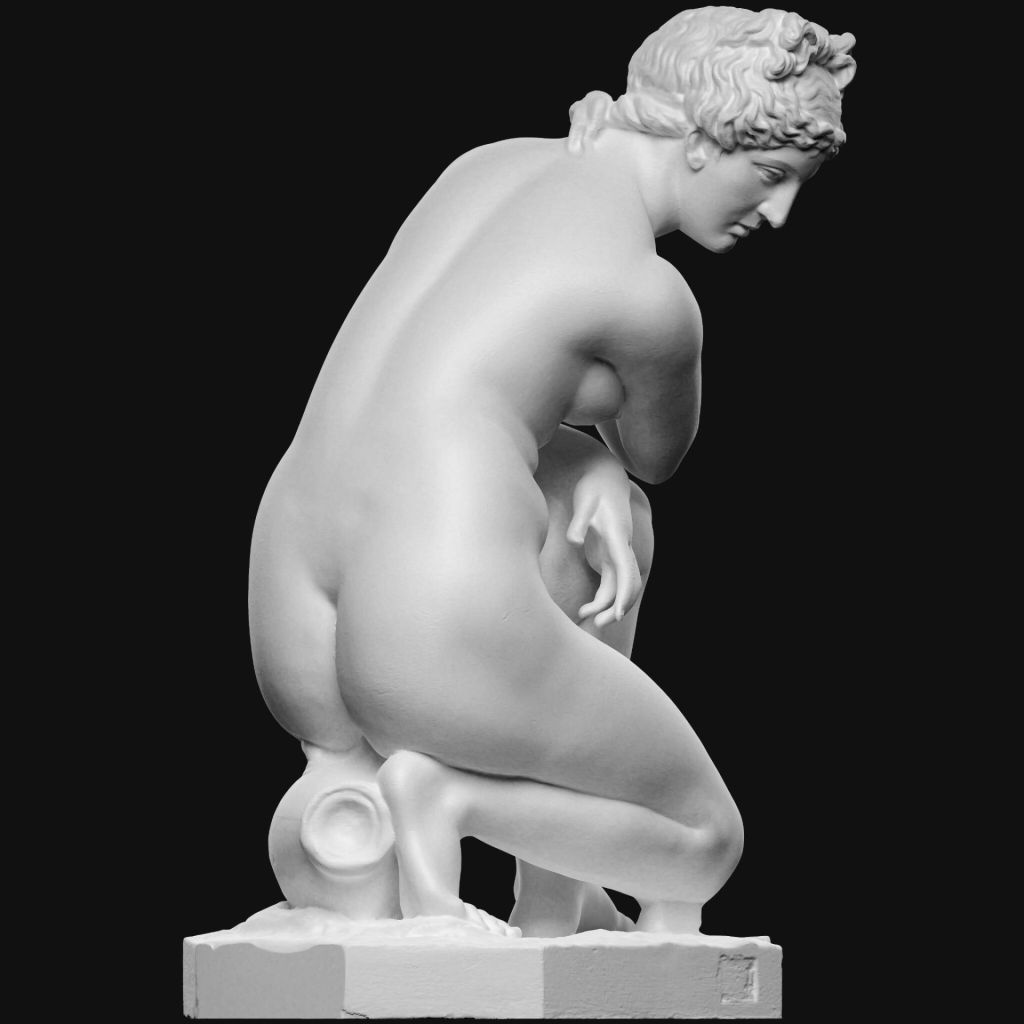
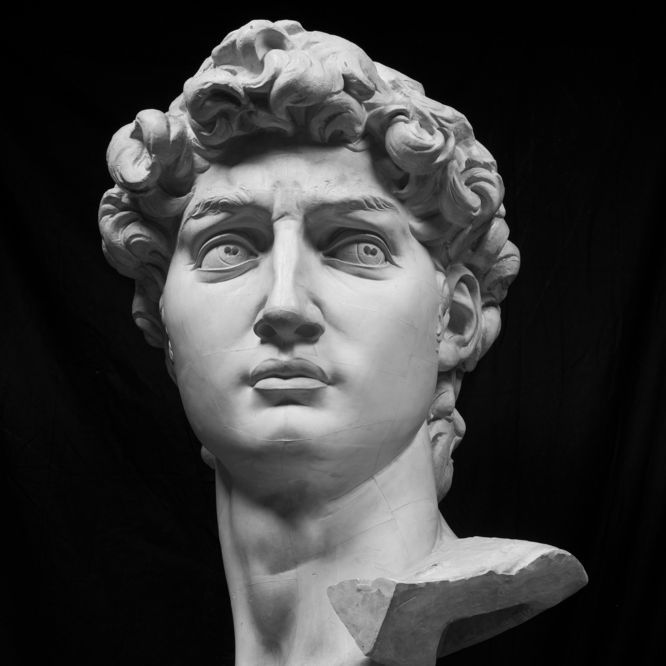
Original versus reproduction?
Working with its collection of historic sculpture casts, SMK challenged itself to create the largest retrospective of Michelangelo the sculptor using brand-new 3D replicas showcasing their impressive technical mastery and visibly exceptional quality. “You’ll be able to see the majority of Michelangelo’s sculptures in one place, which would be impossible with the originals, which never move,” the institution’s teams proudly remind us, noting in passing that the show includes “the largest selection of Michelangelo’s original drawings, letters and sculpture models ever exhibited in Denmark.”
Taking place just a few weeks after the latest edition of Museum Connections in Paris, Michelangelo Imperfect is part of an ongoing trend that asserts the value of using new technologies to showcase classic works of art. Museum visitors are accustomed to seeing the models and plaster casts that have always filled the galleries of prestigious institutions around the world, but 3D reproductions are less familiar. At least, on paper. The SMK promises to bring these new kinds of copies to audiences’ attention, “focusing on the complex relationship between the original and reproduction in the digital age”, so that lovers of the Quattrocento can learn all about the life and art of this multi-disciplinary artist.
